Search results for: “anmo”
-

Shikoku Temple Tea Tasting (ANMO)
The Shikoku Temple Tea from ANMO is a Japanese sencha from 2020. It comes from the main Buddhist temple on Tsurugi mountain and is grassy, nutty and sweet.
-

2008 Simplified Word Sheng Tea Tasting (ANMO)
The 2008 Simplified Word sheng is really fruity with pleasant notes of incense at the start. This slowly evolves into dark berries towards the end.
-
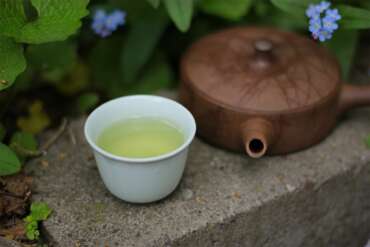
Sencha Saemidori Kagoshima Tea Tasting (ANMO)
The Sencha Saemidori Kagoshima from ANMO is a truly delicious Japanese green tea. It starts with umami flavours and changes into a sweet fruitiness.
-

2018 Sunsing Shangri-La Tea Tasting (ANMO)
The 2018 Sunsing Shangri-La from ANMO is a really complex tea. It went from an aged flavour profile to sweet and fruity in the same infusion.
-
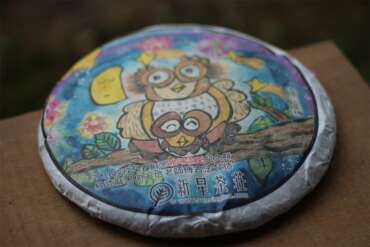
2018 Mahei Owl Tea Tasting (ANMO)
The 2018 Mahei Owl is my favourite sheng puerh. It offers a combination of sweet honey, golden raisins and some citrus and tannic notes. It’s just right!
-

2005 Master Loo Tea Brick Tea Tasting (ANMO)
ANMO’s 2005 Master Loo Tea Brick is shou puerh with a woodsy flavour profile. It went from visiting a sawmill to walking through a camphor forest.
-
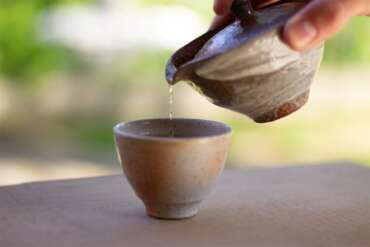
2016 Fuding White Tea Tasting (ANMO)
ANMO’s 2016 Fuding White is a fruity and sweet mini teacake. Fruity notes in combination with a candy sweetness that go on long into the aftertaste.
-

Wuyi Yancha Tieluohan Tea Tasting (ANMO)
ANMO’s Wuyi Yancha Tieluohan is a creamy and sweet Zhengyan Cha. At some point, it was almost like eating strawberry ice cream.
-

2017 Jianyang Lao Bai White Tea Tasting (ANMO)
The 2017 Jianyang Lao Bai white tea from ANMO offers a combination of sweetness and notes of hay. The combination is just about right.
-

2010 Yiwu Ancient Trail Tea Tasting (ANMO)
ANMO’s 2010 Yiwu Ancient Trail is a remarkable sheng puerh. It makes you feel energised while being very calm and composed.
-
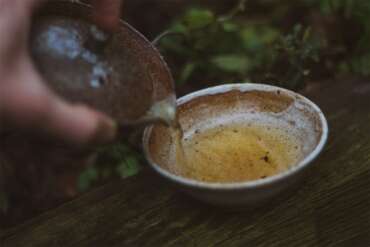
2016 Jianyang Lao Bai White Tea Tasting (ANMO)
ANMO’s 2016 Jianyang Lao Bai White Tea is developing nicely to become a sweet tea. The sweetness is there, but it’s more in the background and finish.
-
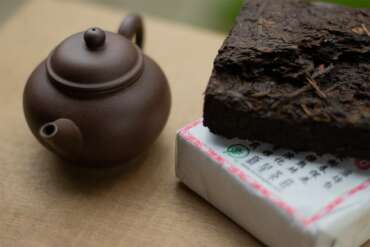
2013 Sunsing Aged Tree Shou Pu-Erh Tea Tasting (ANMO)
ANMO’s 2013 Sunsing Aged Tree Shou Pu-Erh tea is a perfect harmony of wet leaves, mushrooms, cherry wood and a sweet earthiness.
-

2015 Jianyang Lao Bai White Tea Tasting (ANMO)
The 2015 Jianyang Lao Bai White Tea from ANMO is a combination of sweet notes and subtle hay. This slowly changes into roasted notes towards the end.
-

2014 Jianyang Lao Bai White Tea Tasting (ANMO)
ANMO’s 2014 Jianyang Lao Bai White Tea is a fantastic tea. It’s almost like a rock oolong with a sweet undertone that lingers through the infusions.
-

Why Are Teapots so Expensive?
Yixing teapots are expensive because they are made from a rare type of clay. The older a teapot is, the more expensive it usually is.
